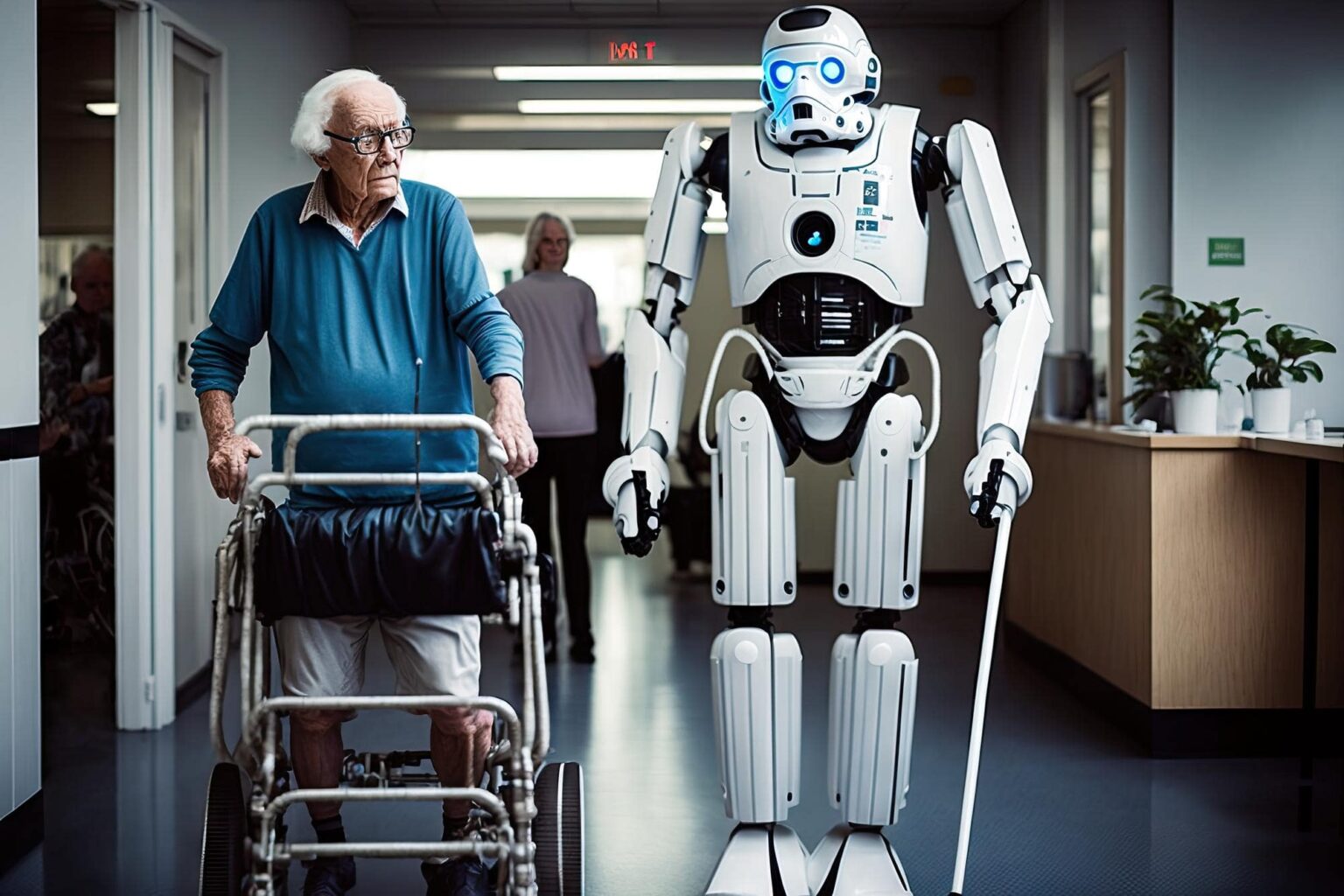Robotic assistance in healthcare presents both challenges and opportunities for CIOs when it comes to adopting medical robotics. Here are some key considerations for CIOs:
Understanding the benefits: Familiarize yourself with the potential benefits of medical robotics in healthcare. These include increased precision and accuracy in surgical procedures, improved patient outcomes, reduced recovery times, enhanced diagnostic capabilities, and increased efficiency in healthcare operations. Understand how medical robotics aligns with your organization’s goals and priorities.
Assessing the regulatory landscape: Stay informed about the regulatory landscape surrounding medical robotics. Different countries and regions may have varying regulations and guidelines for the adoption and use of medical robots. Work closely with legal and compliance teams to ensure adherence to regulatory requirements and patient safety standards.
Evaluating the ROI: Conduct a thorough cost-benefit analysis to evaluate the return on investment (ROI) of implementing medical robotics. Assess the financial implications, including initial investment costs, maintenance and training expenses, and potential cost savings or revenue generation opportunities. Consider the long-term impact on patient outcomes, operational efficiency, and competitive advantage.
Addressing interoperability and integration: Ensure that medical robots can seamlessly integrate with existing healthcare systems, such as electronic health records (EHRs) and clinical decision support systems. Interoperability is crucial for efficient data exchange and coordinated care. Collaborate with vendors and IT teams to ensure compatibility and effective integration.
Overcoming resistance and change management: Prepare for potential resistance from healthcare professionals due to concerns about job displacement or changes to established workflows. Develop a comprehensive change management plan that includes communication, training, and support to address these concerns. Highlight the ways in which medical robotics can augment healthcare professionals’ skills and improve patient care.
Ensuring patient safety and trust: Prioritize patient safety and trust when adopting medical robotics. Ensure that the robotic systems meet stringent safety standards and undergo rigorous testing and validation. Communicate with patients and address any concerns they may have about robotic assistance in their healthcare journey. Transparency and clear communication are essential for building trust.
Securing data and privacy: Implement robust security measures to protect patient data collected and processed by medical robotics. Ensure compliance with data protection regulations and industry best practices. Implement strong authentication, encryption, and access controls to safeguard sensitive information.
Training and upskilling: Invest in comprehensive training programs to ensure healthcare professionals are proficient in operating and utilizing medical robotics effectively. Develop training modules and provide ongoing support to enhance their skills and confidence in working with robotic systems. Collaborate with educational institutions and professional associations to facilitate knowledge sharing and upskilling opportunities.
Collaborating with vendors and researchers: Stay connected with medical robotics vendors, research institutions, and industry organizations to keep abreast of the latest advancements in the field. Engage in collaborative partnerships to drive innovation, share best practices, and contribute to the development of standards and guidelines.
Ethical considerations: Recognize and address ethical considerations related to the use of medical robotics, such as ensuring informed consent, maintaining patient privacy, and addressing potential biases in algorithms. Stay updated on ethical frameworks and guidelines in healthcare robotics and integrate them into your decision-making processes.
By carefully addressing these challenges and seizing the opportunities, CIOs can successfully navigate the adoption of medical robotics in healthcare, ultimately enhancing patient care, improving operational efficiency, and driving innovation in the healthcare industry.



